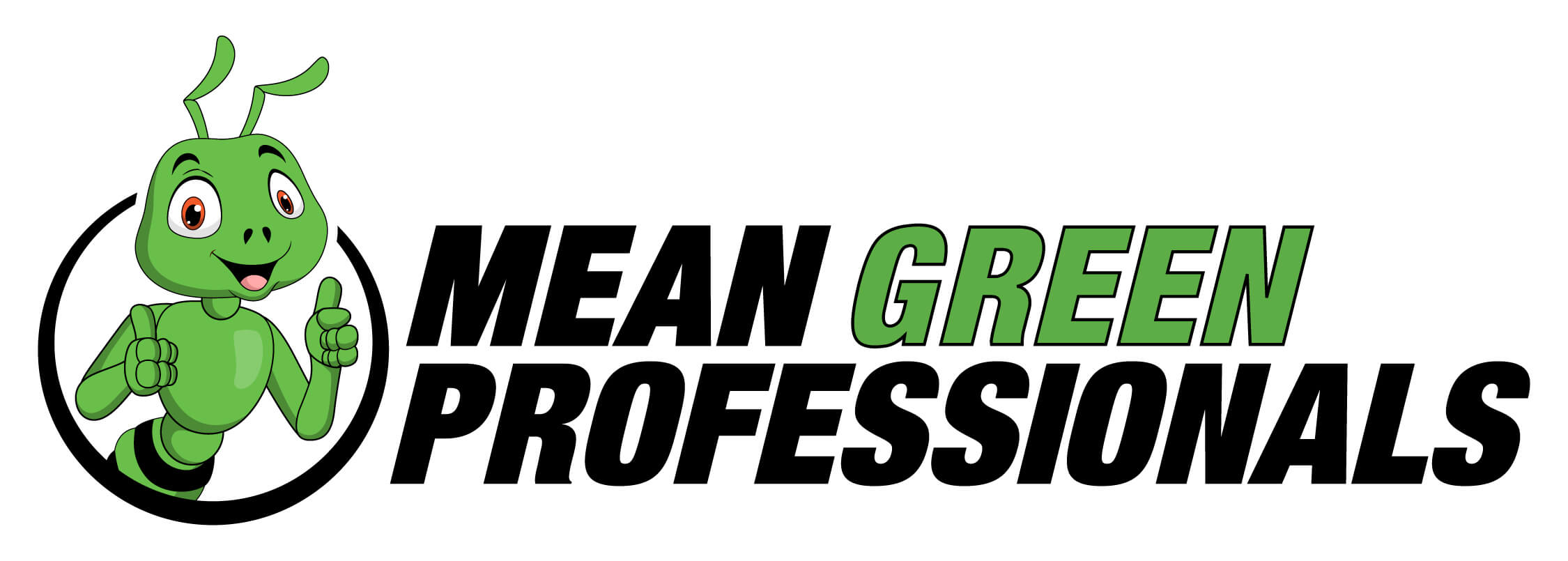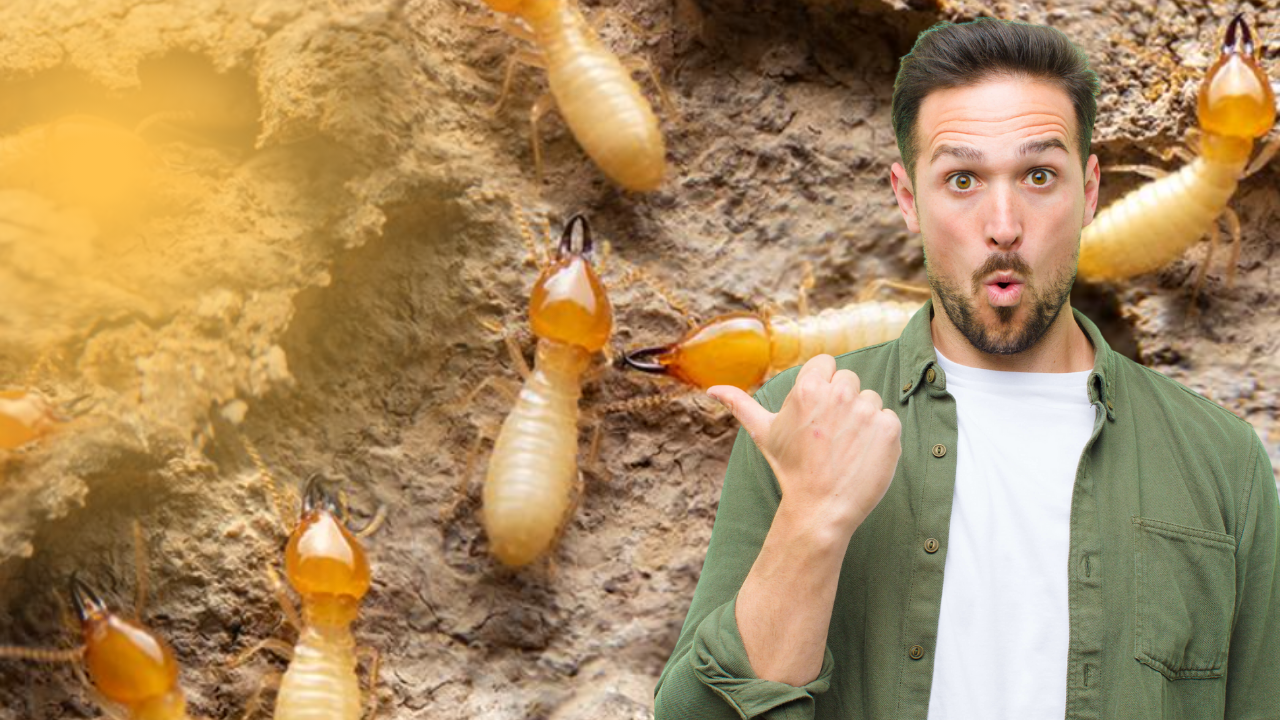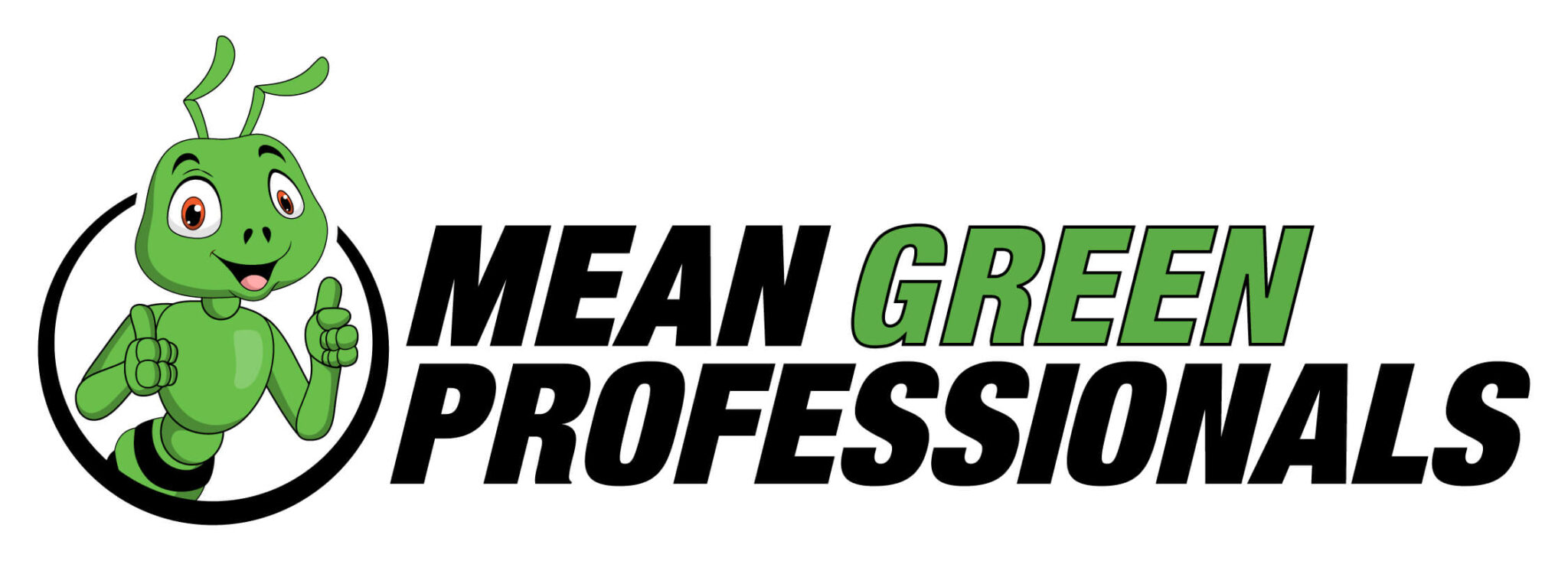Termite Control
Mean Green Pest Pros
We Use Organic, All Natural Ingredients
— Get Your Free Estimate —
— Get Your Free Estimate —
The Best Termite Control in Smyrna, TN
Local, Veteran-Owned Business with Over 50+ Years Combined Experienced
CONTROLLING SUBTERRANEAN TERMITES
NOTE: Termite swarmers start as early as April in Tennessee as soon as the rain and warmer weather start. If you see termite swarmers around your home or business, you might have subterranean termites invading your home.
Subterranean termites are a common pest problem throughout the United States, including Tennessee.
They can cause immense damage to your home and property, so it’s important to understand how to prevent and treat an infestation.
Termite control begins with prevention.
To reduce the chances of encountering subterranean termites, there are several measures that you can take.
Homeowners should maintain a regular pest control routine, keeping up with the inspection of their property and keeping any wood debris or other organic matter away from their home’s foundation.
Mean Green Pest Pros Can Use A Baiting System To Eliminate Termites Before They Enter Your Home
In addition to prevention, various baiting systems are available to assist in termite control. These systems use attractants like wood and paper to lure the termites away from the structure of your home, allowing for more effective control.
Baiting systems can be installed around the perimeter of your property, which gives another layer of defense against termite infestations.
Our baiting system will eliminate termites before they ever have the chance to enter your home.
The ATBS Stations are designed to encourage fast hits from pesky termites, as proven by an extensive university study that found them to be more effective than Sentricon stations!
Termite Baiting offers termites a scrumptious food source in the form of purified cellulose-based matrix tablets containing Novaluron, an active ingredient.
This chitin inhibitor works by preventing molting and thus stops termites from forming their exoskeleton, which is essential for survival; this disruption to moulting and egg production eventually causing population decline.
If you’re already dealing with a subterranean termite issue, you can still take measures to control the population. Professional pest control companies such as Mean Green Pest Pros offer chemical and non-chemical treatments.
Chemical treatments focus on killing termites directly, while non-chemical options such as heat or physical barriers are also available.
Ultimately, it’s important to understand that there is no one size fits all solution when it comes to termite control.
Every home and situation is unique, so it’s important to contact a professional pest control expert who can help you create an effective action plan.
You can protect your home and property from termites and other pests with the right approach.
By following these tips, you can prevent or treat a subterranean termite infestation and minimize the risk of damage to your home.
This comprehensive guide lets you become an expert in subterranean termites and their control systems.
Remember: When it comes to termite control, knowledge is power! Don’t hesitate to contact Mean Green Pest Pros if you are uncertain how to best deal with a termite issue. You can protect your home and property from these destructive pests with the right advice.
What Are Subterranean Termites?
Subterranean termites are often considered the most difficult type of termite to control due to their ability to tunnel beneath the ground and create large colonies.
They are widely found in tropical, subtropical, and temperate climates worldwide.
Subterranean termites feed on cellulose-based organic materials such as wood and paper products, making them a major cause of property damage.
To prevent costly damages, it’s important to be aware of the different species of subterranean termites and when they are most active.
Identifying Subterranean Termites
Subterranean termites are usually brown or black in color and have narrowed waists and straight antennae.
They range in size from ⅛ of an inch to ½ an inch long and have three body parts – head, thorax, and abdomen – connected by narrow “waists.”
Signs of Subterranean Termite Infestation
The most common signs of subterranean termite infestation include wood damage, swarms of flying termites, mud tubes on walls and foundations, and frass (termite excrement) near infested wood.
Subterranean termites also produce “carton nests” above the ground, built from soil and their own fecal matter and often found around windowsills or door frames.
I Found Subterranean Termites In My Crawlspace. Can The Termites Be Eliminated?
If you find any signs of a subterranean termite infestation in your crawlspace or any other area of your home, it’s important to eliminate the problem immediately.
Without prompt treatment, the infestation can quickly spread and cause irreparable damage to your home or building.
A professional pest control technician can help assess the level of infestation, identify the species of termite, and recommend appropriate treatment options.
Common treatments for subterranean termites include baiting systems and chemical treatments such as foams, dust, or liquids.
Baiting systems involve placing bait stations in strategic locations around your home or building. The bait contains a slow-acting insecticide that kills the termites when they feed on it.
The bait is monitored regularly and refilled as necessary to eliminate the infestation.
Chemical treatments are applied directly to your home or building’s wood, soil, or structural components.
This method kills termites that come in contact with the insecticide but may not be effective if there’s a high level of infestation in your crawlspace.
Before any treatment is applied, it’s important to consult with an experienced pest control technician to ensure that the best management solution is chosen for your particular situation.
With their help, you can rest assured that the termites will be eliminated and further damage avoided.
By following these steps and seeking advice from an experienced professional, you can effectively control a subterranean termite infestation in your crawlspace.
Please consult this comprehensive guide for more information on termite control and baiting systems.
By utilizing the knowledge of an expert pest control technician at Mean Green Pest Pros and taking appropriate action, you can protect your home or building from the costly damage caused by subterranean termites.
This article was written to help provide an overview of termite control and baiting systems, but it is not intended as a substitute for professional advice.
If you suspect that there may be a termite infestation in your crawlspace, please get in touch with an experienced pest control technician for an assessment and recommended treatment options.
Please consult this comprehensive guide for more information on termites and termite control solutions.
It provides in-depth information on the different types of termites, the signs of infestation, and preventative measures to take before any treatments are applied.
With its help, you can be sure that you are taking the necessary steps to protect your home or building from termite damage.
Please note that this article is meant to provide general information only and should not be used as a substitute for professional advice.
If you suspect that there may be a termite infestation in your crawlspace, please get in touch with an experienced pest control technician for an assessment and recommended treatment options.
This concludes the article on termite control and baiting systems.
I trust that you’ve found this comprehensive guide helpful in understanding the complexities of subterranean termites and how best to treat them.
With its help, you can be sure that you are taking the necessary steps to protect your home or building from termite damage.
What’s The Difference Between Subterranean Termites and Termite Swarmers?
Subterranean termites and termite swarmers are both species of termites, but they differ in their behavior and activity.
Subterranean termites are subterranean dwellers that live underground in moist soil or decaying wood, feeding on cellulose-containing material like dead plants.
These termites can cause extensive damage to structures due to the destruction of wooden components.
Termite swarmers, on the other hand, are reproductive termites that emerge from the nest in order to start new colonies.
Swarming generally occurs during spring and summer months when winged termite alates fly around looking for suitable sites to establish a new colony.
It is important to differentiate between subterranean termites and termite swarmers, as the latter do not cause structural damage but are instead a sign of an existing subterranean termite infestation.
By understanding the differences between subterranean termites and termite swarmers, you can determine what type of termite activity is occurring in your home or property.
Although both species can create trouble for the homeowner, it is important to take immediate action in the case of subterranean termites, as they can cause irreversible damage.
You can use effective control measures such as baiting systems, professional treatments, or structural adjustments to prevent infestations and protect your home from subterranean termites.
It is also important to be aware of any signs of termite activity, such as wood damage, discarded wings of termite swarmers, and mud tubes that subterranean termites build to travel above ground.
You can protect your home from potential infestations with the right knowledge and information about subterranean termites and termite swarmers.
Contact Mean Green Pest Pros if you suspect an infestation or need help determining your home’s best termite control and baiting systems.
With our help, you can create a safe and pest-free environment on your property.
Ten Ways To Control Subterranean Termites
- Inspection – Termites thrive in moist, dark environments, so it is important to inspect the area regularly for signs of infestation and damage. Make sure to look for mud tubes and wood damage, as this indicates that termites are present. If you suspect an infestation, contact a professional who can locate the source and perform an inspection.
- Use of Termiticides – The use of termiticides is a common method for treating termite infestations. These chemicals are typically sprayed around the perimeter of the building to create a barrier that will prevent termites from entering. Additionally, termiticides can be injected into active infestations to kill the termites directly.
- Baiting Systems – Baiting systems are a more recent alternative to termiticides and can be used for both prevention and treatment of termite outbreaks. These systems involve placing bait stations around the perimeter of a structure that contain slow-acting toxins that attract termites, allowing them to spread it throughout the colony.
- Physical Barriers – Installing physical barriers such as metal flashing or concrete slabs can help prevent subterranean termites from entering a structure. Additionally, these barriers can act as a warning sign for an infestation in areas that are difficult to inspect regularly.
- Moisture Control – Termites require moisture in order to survive and flourish, so reducing the amount of moisture around a structure is key in controlling termite populations. It’s important to fix any water leaks or drainage issues as quickly as possible and make sure all areas are well-ventilated.
- Elimination of Potential Food Sources – Termites feed on wood, so removing any wood debris around the perimeter of a structure can help reduce the number of termites in an area. Additionally, it is important to keep mulch and other organic material away from the building’s foundation as this can act as a potential food source for termites.
- Treatment of Wood – Treated wood is a good option for construction projects as it helps to repel termites. Chemical treatments such as borate, copper, and chromated copper arsenate can be applied to wood in order to make it less appealing to termites.
- Use of Traps – Another effective method of controlling termite populations is the use of traps. These are typically placed around the perimeter of a structure and act as an early warning system in case termites start to move in.
- Heat Treatment – Heat treatment is a newer form of termite control that involves using high temperatures to kill infestations. This method has been found to be effective for killing off entire colonies, but it can be expensive and is best left to professionals.
- Professional Treatment – If all else fails, it’s important to contact a professional who can assess the situation and provide an appropriate treatment plan. Professionals have access to advanced tools and treatments that can help guarantee results and keep termite populations under control.
Ten Ways To Control Termite Swarmes
- Seal all potential entry points to prevent termites from entering your home. This may include cracks in the foundation, gaps around windows and doors, poorly fitted pipes, and other possible openings that can provide termites with an access point to your property.
- Remove any wooden debris or mulch around the perimeter of your home and yard. Termites are attracted to damp, decaying wood material and can use it as a food source.
- Maintain proper ventilation in your attic and basement areas to prevent the moisture buildup that termites need to survive.
- Install physical barriers such as sand or gravel around your home’s foundation, as subterranean termites won’t cross it.
- Inspect your home regularly to catch any termite activity early on. If you see signs of an infestation, contact a professional pest control service for help getting rid of them quickly and effectively.
- Eliminate standing water around the foundation of your home or yard. Termites need moisture to survive, so eliminating potential sources helps keep them away.
- Regularly inspect and remove any dead trees on your property, as termites can also use these as a food source.
- Use chemical treatments such as soil termiticides around your home’s foundation to create a barrier that termites will not cross.
- Use baiting systems to lure termites away from your home and into contained areas where they can be destroyed without harming other surroundings.
- Set up traps around the perimeter of your property to catch swarming termites before they enter your home. This helps prevent future infestations.
By following these steps, you can keep termite swarming activity under control and protect your home from an infestation. If, at any point in time, you believe that termites have infiltrated your property, contact a professional pest control service right away for assistance. Taking action quickly is key to preventing more extensive damage.







